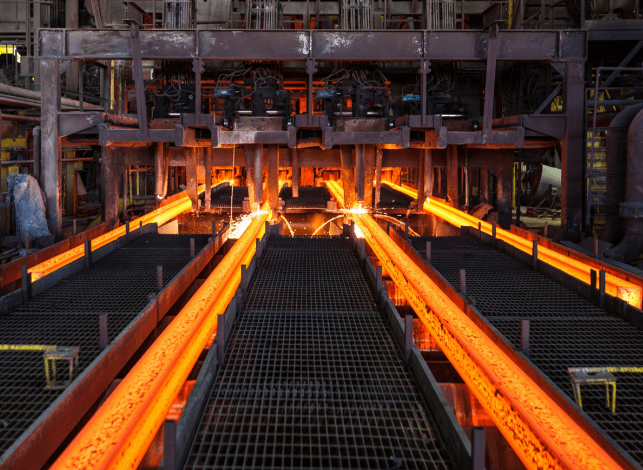Apparent Steel Consumption: China and the World

Apparent steel consumption (ASC) in China declined 1% during the first half of 2023, ArcelorMittal said.
The reopening of China at the end of 2022, ahead of schedule, along with the government’s front-loading of infrastructure spending, saw ASC grow strongly in the first few months of 2023, supported by stronger real demand.
Since then, however, continued weakness in the real estate sector has led to a decline in real steel demand.
Outside of China, resilient real demand, accompanied by a recovery in steel production due to the need to rebuild inventories, resulted in an increase in ASC from the weak levels of late 2022, although ASC remained lower than in the first half of 2022.
In fact, the ASC in the EU-27 in 1H2023 was about 15% higher than in 2H2022, with a stronger increase in flat products than in long products, although the overall ASC during 1H2023 continued to decline by 10% y/y.
In the United States, ASC in 1H2023 remained virtually flat at a level similar to that of 2H2022, although 7% lower than in the same period of the previous year.
In Brazil, ASC in the first half of 2023 decreased slightly, by approximately 1.5% y-o-y, with marginal y-o-y growth in flat products, offset by a decline in long products.
Apparent steel consumption
Also y-o-y, India‘s steel consumption increased by almost 10% during 1H2023, with longer lengths growing more (+16% y-o-y) than flats (+2% y-o-y).
At global, ASC declined by approximately 2.5% in 2022, year-over-year, as tight closures in China caused ASC in China to decline by almost 3% y-o-y.
Global apparent steel consumption excluding China declined about 2% y-o-y, despite resilient real steel demand, as steel production slowed sharply during the second half of 2022 as the inventory cycle turned to a sharp drawdown.
![]()

